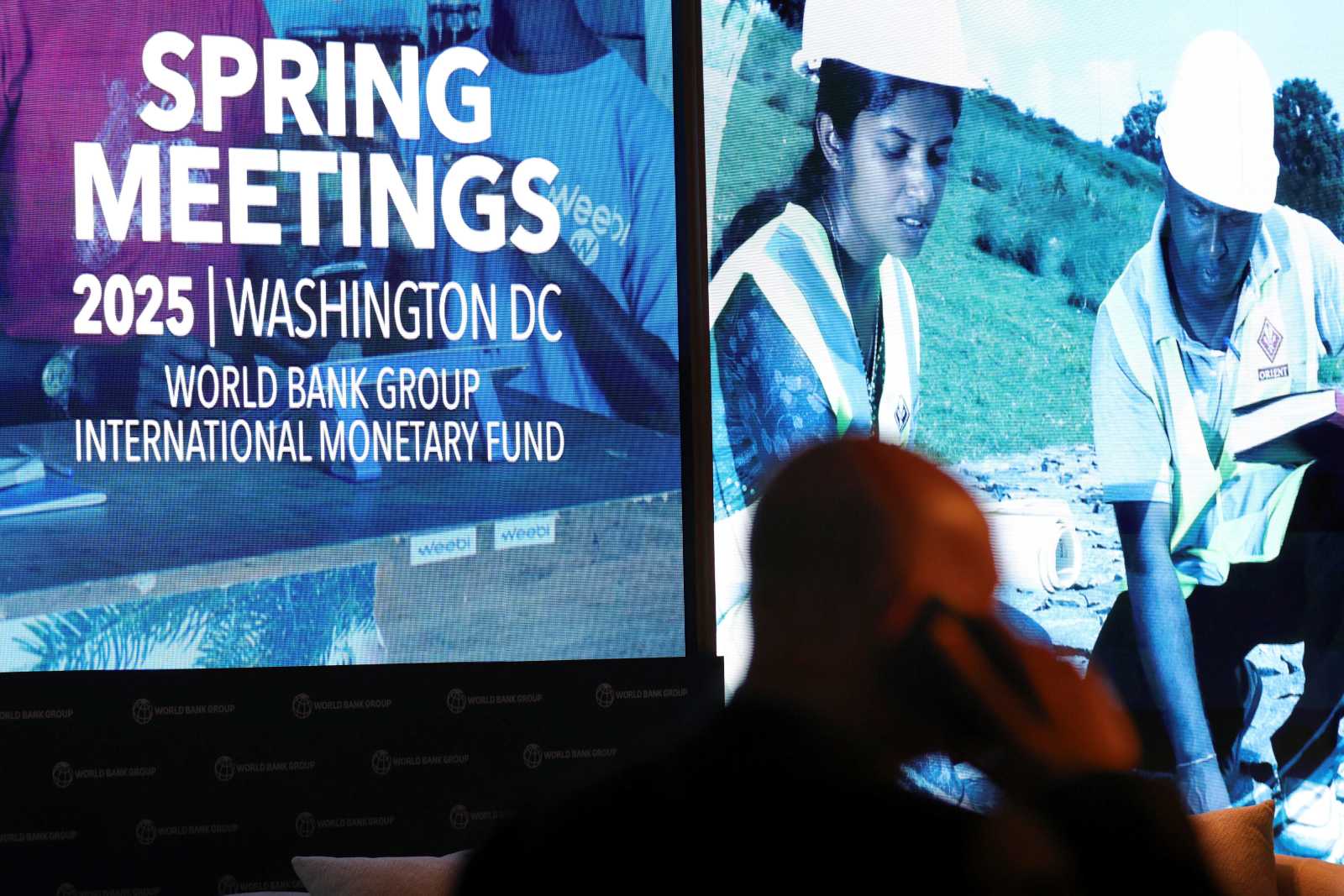Global debt governance
Escaping from the debt trap

The current global debt governance system has no procedure for implementing the swift and timely restructuring of an insolvent state's foreign debt. On the contrary, speedy restructuring is often prevented by lengthy and unregulated processes, as we saw according to the IMF in Argentina, the Republic of Congo, Chad and Gambia. Slow proceedings tend to prove very costly for both creditors and debtors.
In the course of the Covid pandemic, the international community has not only made substantial financial resources available to developing countries (see my comment on www.dandc.eu); it has also created new instruments to prevent and manage over-indebtedness:
- First of all, the Group of 20 leading economies (G20) launched the Debt Service Suspension Initiative (DSSI). It is a debt moratorium for low-income countries (LICs), designed to ease short-term liquidity problems.
- Second, the G20 introduced the Common Framework for Debt Treatment beyond DSSI for restructuring and even cancelling an LIC’s debt should that be necessary (see my article on www.dandc.eu). The idea was to address insolvency and protracted payment difficulties (Berensmann et al. 2021).
Up to January 2022, many LICs participated in the debt moratorium, but only three – Chad, Ethiopia and Zambia – have requested debt treatment under the Common Framework. In every case, the IMF has noticed significant delays in implementing it. It is a very difficult task to coordinate the many parties involved (various creditors as well as their authorities).
Moreover, some private creditors failed to participate. In Chad, for example, a mining company held up the restructuring of a large private loan for a long time. According to IMF Director Kristalina Georgieva, measures are needed to implement the Common Framework fast (Georgieva / Pazarbasioglu 2021). Another disadvantage of the Common Framework is that only low-income countries are eligible.
Insolvency procedure for states
An additional instrument for tackling sovereign-debt problems would be an insolvency procedure for sovereign states. The approach has discussed intensively since the Asian crisis of the late 1990s. Germany’s new Federal Government has expressed support for such an innovation in its coalition agreement.
The idea is create a legal framework that would serve to clarify which creditors will be serviced to what degree – to some extend similar to private-sector insolvency. Such a sovereign-insolvency procedure would have four significant advantages:
- It would provide a predictable and transparent roadmap for debt restructuring and, when necessary, debt relief. It would therefore permit swift and systematic action.
- Unlike other instruments of global debt governance, such an insolvency procedure could involve every creditor, so they would all be treated equally. The Common Framework, on the other hand, covers only loans from private creditors and bilateral official creditors, but not multilateral financial institutions. The latter currently enjoy a preferred creditor status because their financial sustainability is considered to be particularly important.
- In principle, an insolvency procedure would apply to all sovereign states. By contrast, participation in the Common Framework is limited to low-income countries.
- Insolvency procedures would apply to every kind of debt (Berensmann 2018).
Despite these advantages, the approach remains controversial. Indeed, such a procedure would be fraught with problems. For example, enforcement under international law would be complicated and difficult. To work well, all parties involved would have to accept it and every nation would have to enshrine it in its domestic legislation. And even if that happened, we would have no guarantee that every creditor would actually commit to it.
Many debtor and creditor countries at present reject such a procedure. Some debtor governments fear they might lose access to international capital markets once a procedure starts. Creditors’ skepticism, by contrast, often stems from the worry that an insolvency procedure might offer an incentive for debtor countries to have debts restructured and written off (Berensmann 2018).
Despite this criticism, an insolvency procedure for sovereign states would be an important instrument. It is missing from the toolbox of global governance. There is no other way to tackle sovereign debt issues fast and effectively with all relevant parties involved.
Literature
Berensmann, K., Chavula, H. K., Chiumia, A., Ekeruche, M. A., Ndung’u, N., Ordu, A., Senbet, L. W., Shimeles, A., 2021: Covid-19: how can the G20 address debt distress in SSA? T20 Policy Brief Task Force 9 “International Finance”, September 2021.
Berensmann, K., 2018: The global debt governance system for developing countries: deficiencies and reform proposals. Published on Third World Thematics: A Third World Quarterly (TWQ ) Journal, 2 (6), 863-881.
Georgieva, K., and Pazarbasioglu, C., 2021: The G20 common framework for debt treatments must be stepped up. IMF Blog 2. December, Washington D.C.
Kathrin Berensmann is a senior researcher and project leader at the German Development Institute (DIE-GDI).
kathrin.berensmann@die-gdi.de















